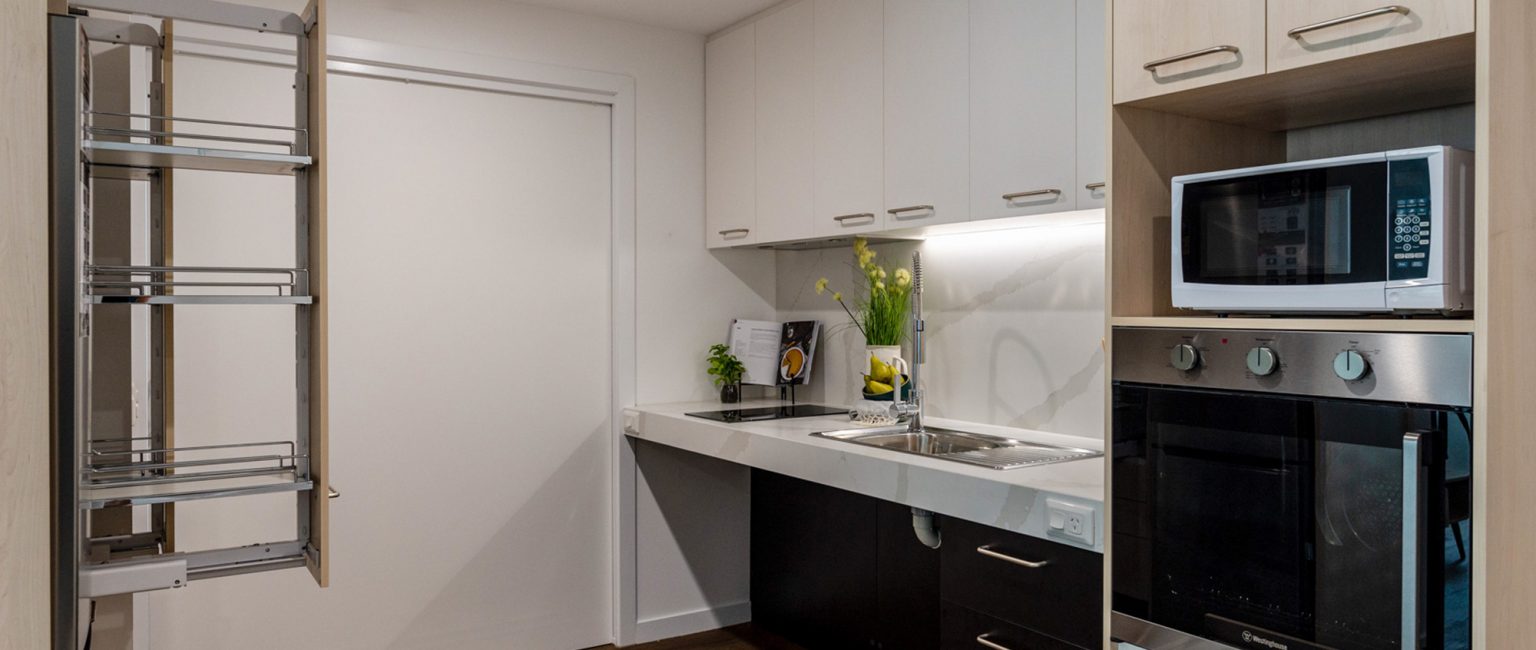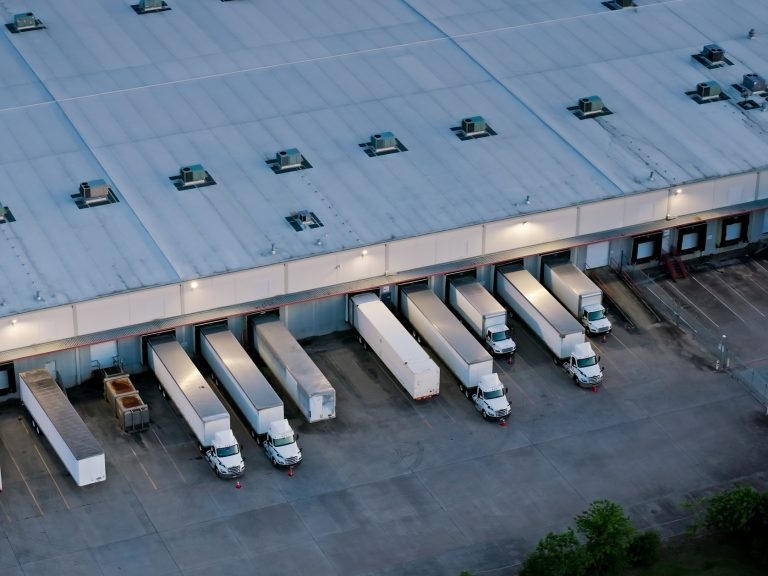‘Not for newbies’: NDIS housing can be profitable

The specialist disability accommodation [SDA] market is tipped for substantial growth, driven by limited supply and high demand plus promises of increased government funding in the sector.
But while SDA housing assets can offer profitable margins, there can be unexpected complexities, costs and risks that investors should be aware of, experts warn.
SDA housing caters for those with very high support needs. Those eligible must be approved by the National Disability Insurance Agency, and they account for only around 6% of all anticipated participants on the National Disability Insurance Scheme.
The new Labor government has vowed to ensure more people have access to SDA through the removal of both excessive red tape and mounting waitlists plus more efficient funding.
“The government will seek to ensure there is availability of stock to support increased choice and control for NDIS participants eligible for SDA, as well as greater certainty for providers of SDA and investors in SDA,” a Department of Social Services spokesperson said.
The investment may help prevent hundreds of Australians with disabilities being stuck each year in hospitals due to a lack of accommodation, as well as thousands under the age of 65 forced to live in residential aged care [3899 at end of June 2021, down from 6000 in 2017-2018].

A High Physical Support House in Rockhampton, Queensland. SDA housing can present a profitable yet risky option for investors. Picture: Australian Unity SDA Fund
Melanie Southwell, chief executive officer of SDA Alliance which brings SDA providers and investors together, said the SDA real estate market is “nascent and still developing”.
“SDA is a very nuanced asset class currently represented by several thousand dwellings but this is expected to grow to tens of thousands at maturity,” she said.
Professor Andrew Beer at the University of SA, who led research in 2019 for the Australian Housing and Urban Research Institute on SDA funding, said there is plenty of room for the sector to grow, especially outside the capitals.
“There are many people with disabilities either living on the metropolitan fringes or living in the regions,” he said. “In many parts of Australia the demand for this accommodation remains very strong.”
‘Steep learning curve’ for NDIS housing investors
But this isn’t an asset class suitable for your typical residential property investor.
“It’s not a game for newbies; there’s a very steep learning curve,” Professor Beer said, adding that investors in SDA housing typically invest time to learn about the sector’s specific requirements and compliance guidelines.
This is certainly the case among potential buyers for Westpeak Residential Services, a supported facility in the Geelong suburb of Belmont in Victoria, for sale as part of Burgess Rawson’s June portfolio auction.

The supported residential service facility, which offers fixed 3% annual rent increases, is expected to sell on a yield of around 6.25%. Picture: realcommercial.com.au/for-sale
“Interest has been steady from all types, but most interest is coming from those who already own such a facility,” Burgess Rawson partner Raoul Holderhead said.
The property comes with a renewed 10-year lease to 2032 to a residential service provider, with options to 2037. It has 37 rooms and can house up to 42 residents, with tenants paying all outgoings.
Mr Holderhead said he expects to see a lot more investor interest in the SDA housing sector.
“Long leases and given the ongoing housing crisis plus higher living costs, I think the almost-certain longevity of this type of business will appeal to more investors who can see the long-term benefits.”
CBRE announced in May it would be offering two SDA apartment buildings for lease in Sunshine and Greensborough, north of Melbourne. Both are expected to attract close to $1,000,000 in annual rental.
CBRE’s director of healthcare and social infrastructure Sandro Peluso said the interest in the sector is strong.
“We have a growing number of new entrants contacting our team almost weekly. We expect investor interest in SDA housing to almost double by this time next year.”
Costs, complexities and risks in NDIS housing
Nevertheless, the development of SDA properties and management of tenancies comes with significant costs and risks.
For starters, each SDA property is tailor-made for each tenant, who may have very specialised needs.
“It’s not a question of just building a disability accessible property and expecting people to come and use it,” Professor Beer said.
Everything that isn’t standard carries additional costs, from creating a large bathroom to installing lifting devices, to protecting the walls in wheelchair hubs.

This NDIS housing apartment building in Sunshine, Victoria, will be leased through CBRE and will hit the market over coming months. Picture: CBRE
Then once you’ve created that bespoke property, there’s always a risk the tenant will leave and the next one will have a different set of disabilities, which may require a retrofit.
Plus lease negotiations can be complex, with some investors turned off by head lease arrangements [that enable the registered SDA provider to rent the property then lease it onto the tenant] and pass-through leases, where operating expenses are passed from the housing provider to the tenant.
“For a traditional developer these can be fairly challenging and result in a softer yield outcome should they sell the asset,” Mr Peluso at CBRE said.
The SDA Alliance says investors must factor in these risks and additional costs.
“While on the surface returns may appear greater than typical residential housing stock, once accounting for the additional requirements of SDA, the average returns are in the order of 5%-10% per annum,” Ms Southwell said.
Making connections with NDIS sector
For anyone considering developing or purchasing in the sector, Professor Beer suggests talking to approved community housing providers who understand the system, have the connections needed to deliver successful SDA housing, and are aware of waitlists of people looking to go in.
Establishing the right networks is an effort some organisations aren’t prepared to make.
“I know some have invested and withdrawn or intend to withdraw,” Professor Beer said. “While others such as large corporates have made it a core part of their business and have expressed interest in SDA as part of their corporate social responsibilities.”
Investors should also understand the importance of location when it comes to SDA housing.
“It needs to be located near public transport, retail amenity and employment hubs,” Mr Peluso said.
“This is even more critical for SDA accommodation given many participants do not drive or would struggle to venture far without the potential for disability-supported public transport.”







